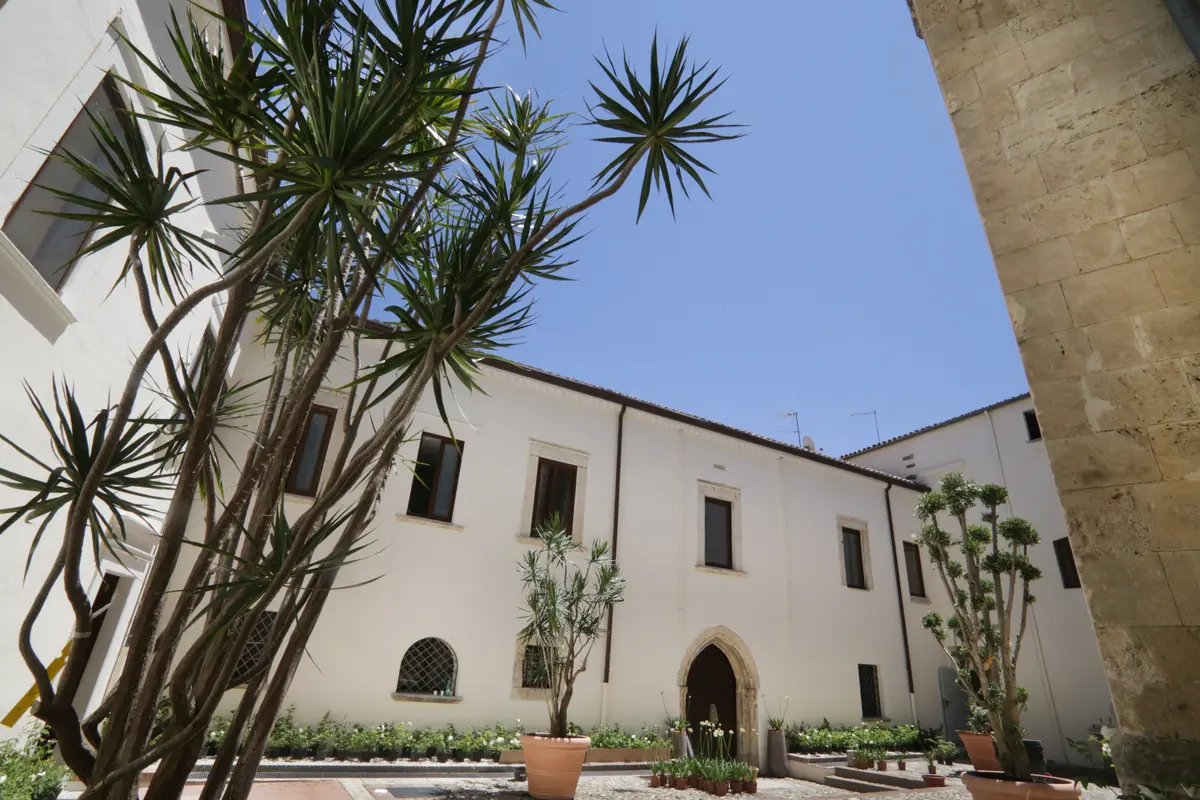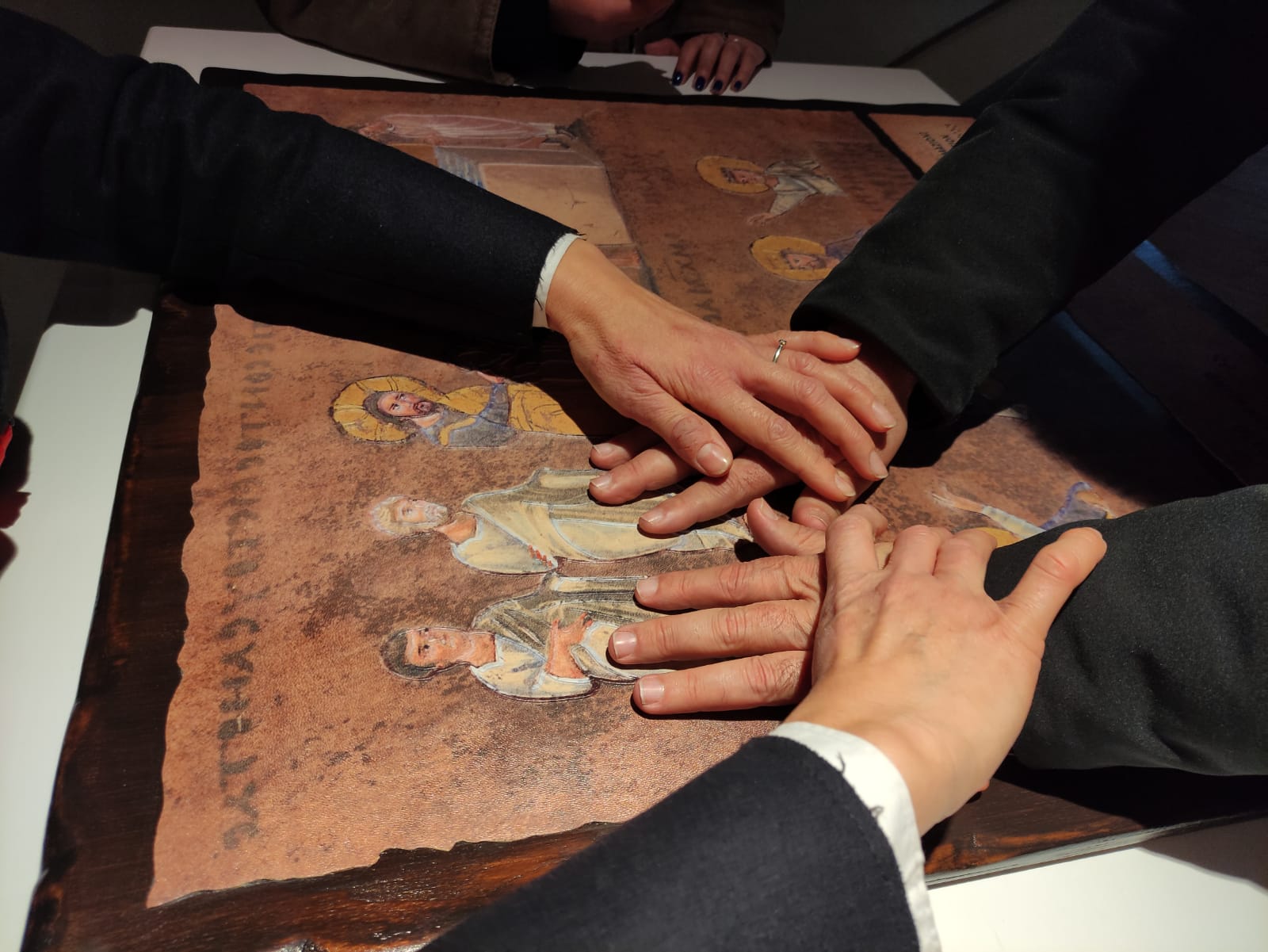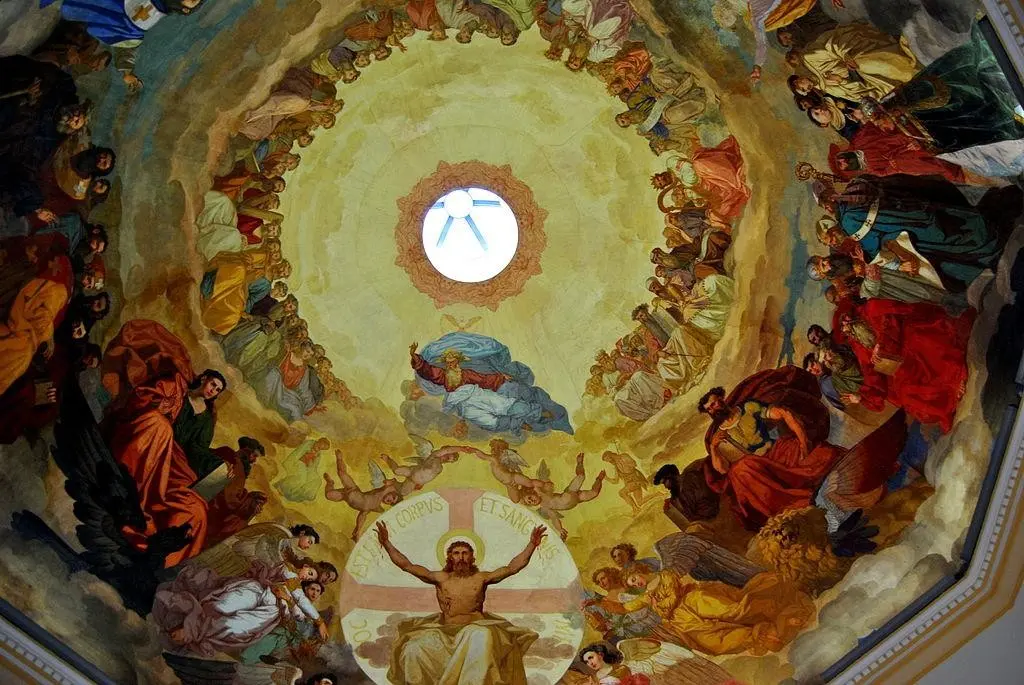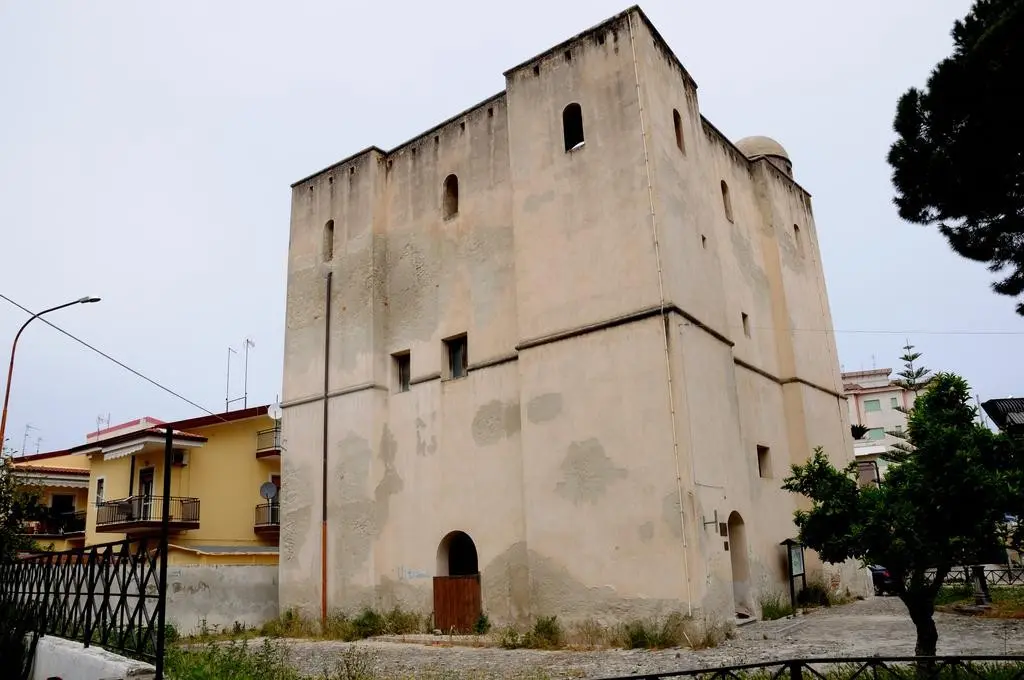Diocesan and Codex Museum

Museum
The Diocesan and Codex Museum of Rossano, inaugurated in 1952, offers its visitors two main sections: one dedicated to the Codex Purpureus, the other to the history of the diocese and the city of Rossano over the centuries, through the display of works from various periods and types, divided into chronological and thematic areas. Both routes are enriched by the presence of multimedia supports to deepen the knowledge of the Codex and the works of art in the museum.
A priceless pearl kept in the Museum is the Codex Purpureus Rossanensis, an illuminated Greek gospel book dating back to the 6th century, which collects the gospels of Matthew and Mark in 188 sheets of the finest purple parchment and is enriched by 15 splendid miniatures. On 9 October 2015, the Codex was recognised as a UNESCO World Heritage Site, in the category "Memory of the World".
The precious codex can be enjoyed by everyone thanks to the innovative tactile tablet that also allows the blind and visually impaired to enjoy the beauty of the artefact. The only museum in Italy to have this valuable service, the Diocesan and Codex Museum offers its visitors an unprecedented sensory experience, equipped with a QR Code through which it is possible to access a video in Italian and international sign language, which makes the visit inclusive even for the deaf.
The museum collection is enriched by important works of art, including a bronze Greek Mirror, dated to the 5th century BC, an imposing silver bust depicting the Achiropita, the Madonna venerated in the city of Rossano, a post-Byzantine icon depicting the Pietà (1499) by the Cretan artist Andrea Pavias, a precious miniature on parchment depicting the Mystical Marriage of St. Catherine, executed by a Tuscan-Roman miniaturist between the 16th and 17th centuries, the architectural monstrance known as the Sfera Greca, precious furnishings, liturgical vestments, ancient parchments and music codices.





